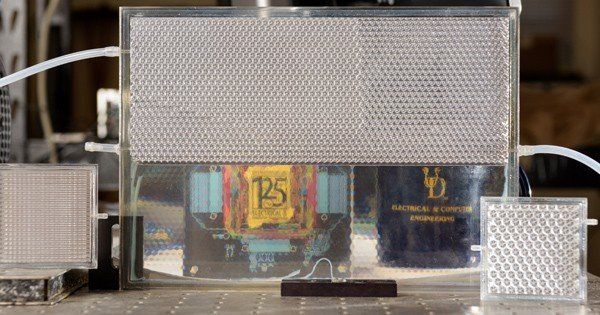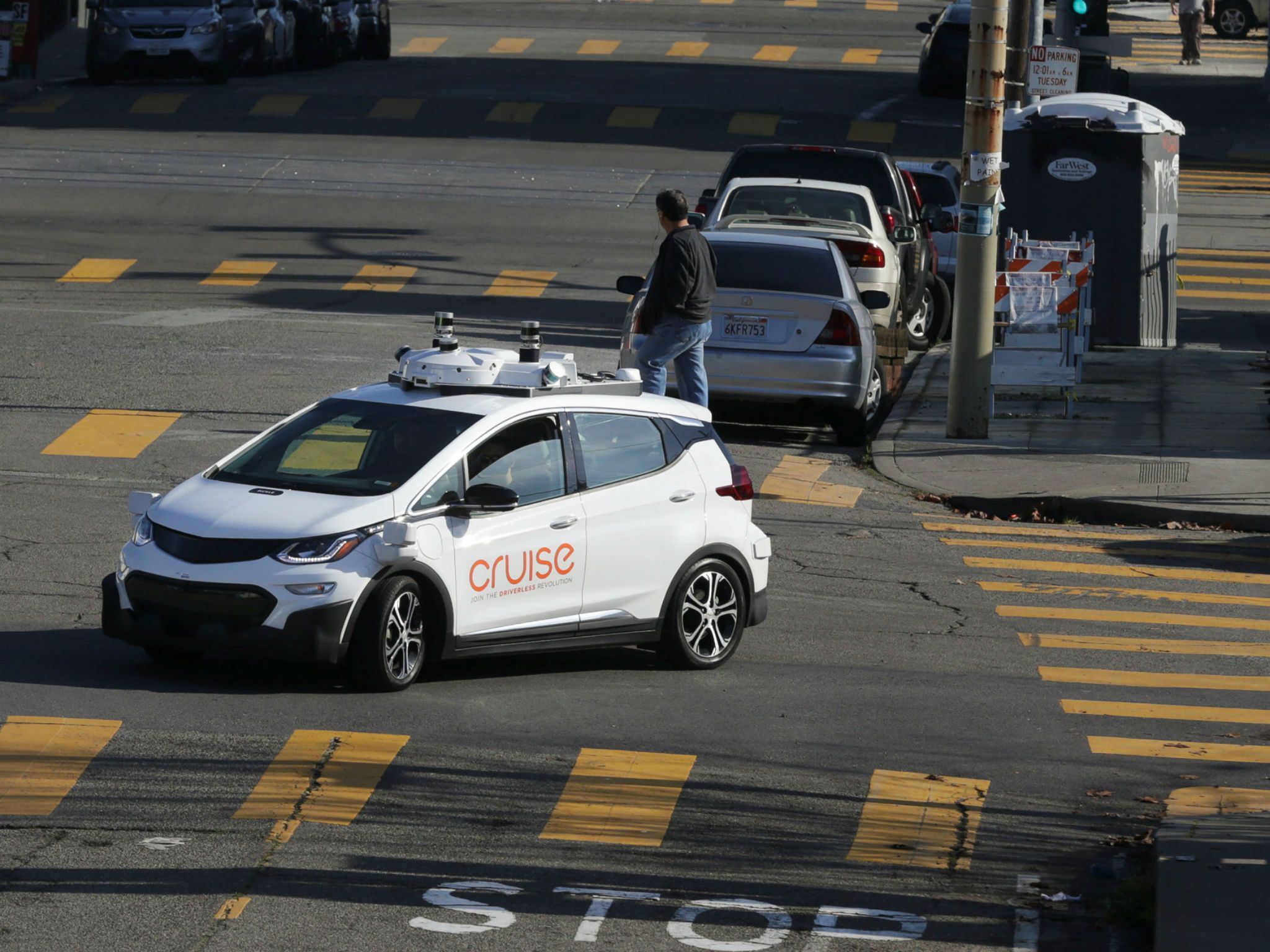Someday we won’t need curtains or blinds on our windows, and we will be able to block out light—or let it in—with just the press of a button. At least that’s what Keith Goossen, associate professor of electrical and computer engineering at the University of Delaware, hopes.
Goossen and Daniel Wolfe, who earned a doctoral degree from UD last year, developed panels that can switch between allowing light in and blocking it out. This “smart glass” technology could be utilized in eco-friendly windows, windshields, roof panes and building envelopes, absorbing light and heat in the winter and reflecting it away in the summer.
Although Goossen isn’t the first scientist to make smart glass, his team’s invention is about one-tenth the price of other versions. It is also more transparent in its transparent state and more reflective in its reflective state than competitors, he said.








